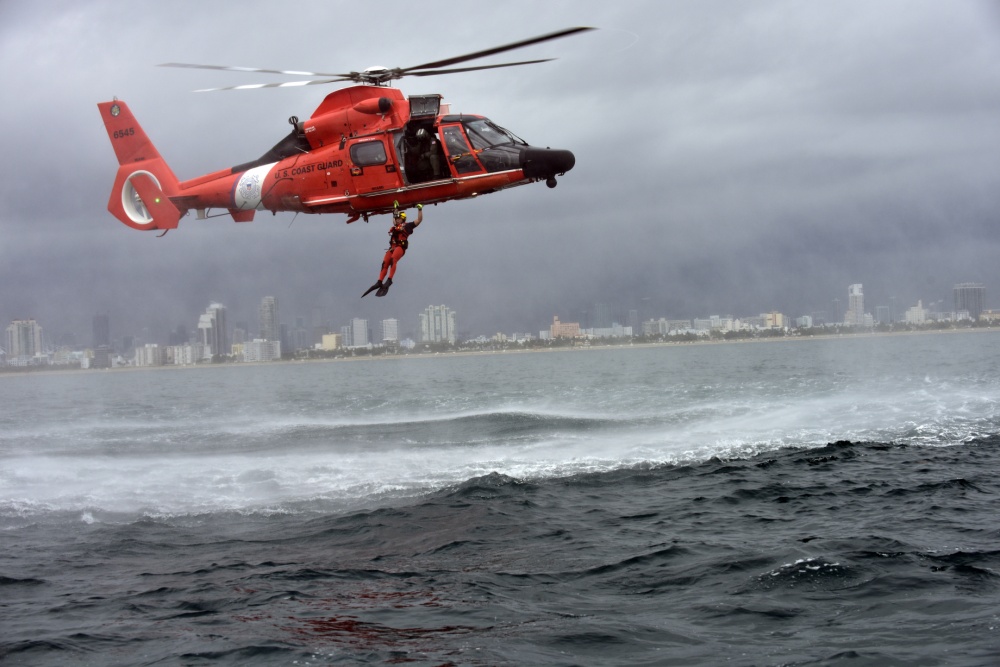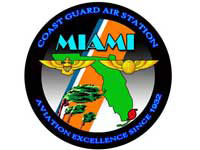Coast Guard Air Station Miami


Coast Guard Air Station Miami first opened in June 1932 at Dinner Key on Biscayne Bay. As the Coast Guard’s first “modern” aviation unit, it operated a variety of “flying lifeboats;” some were designed specifically for the Coast Guard, while others were modified civilian variants. In 1965, Air Station Miami officially relocated to its current home in Opa Locka, FL, operating an array of fixed wing aircraft and helicopters.
From its inception, Air Station Miami has been involved in numerous noteworthy operations including heroic rescues, humanitarian relief efforts, and homeland security operations. In January 1933 Lieutenant Commander Carl Von Paulsen set the flying lifeboat Arcturus down in heavy seas off Cape Canaveral to rescue a boy adrift in a skiff. Although the aircraft was so badly damaged that it could not take off again, the boy was brought safely to shore aboard the disabled plane. On 30 December 1972, Eastern Airlines flight 401, crashed into the Everglades with 167 passengers on board. An Air Station Miami HH-52 helicopter was the first rescue asset on scene, transporting 42 survivors to area hospitals. On 23 April 1980, a mass exodus from Cuba began when the island’s government opened the Port of Mariel to any Cuban national desiring to leave the country. Air Station Miami crews flew countless sorties, locating and rescuing more than 100,000 persons attempting to make the treacherous 90 nautical mile voyage. In 2005, Air Station Miami personnel and aircraft participated in Hurricane Katrina relief operations. Five helicopters and more than 50 crew members raced to the disaster area, rescuing 755 survivors in less than two weeks. In January 2010, Air Station Miami aircraft flew in support of Operation Unified Response after a catastrophic 7.0 earthquake devastated Haiti. Air Station Miami quickly became the Coast Guard’s logistics hub for the operation, processing and transporting over 94,000 pounds of equipment and 179 personnel into theater to assist the relief effort. Simultaneous with the Haitian response, the unit also provided eight aircraft, flying 46 sorties in support of the Deepwater Horizon oil spill cleanup, providing time critical oil mapping and logistics.
Today, Air Station Miami operates a fleet of five MH-65D Dolphin helicopters and five HC-144 Ocean Sentry aircraft. The crew consists of 70 officers, 210 enlisted personnel, 13 civilians, and 54 auxiliarists working together to achieve aviation excellence. Since 1932, when the small Coast Guard hangar was built at Dinner Key, the men and women of Air Station Miami have remained on watch, day in and day out, rescuing those in need and protecting our shores from those that look to do our nation harm